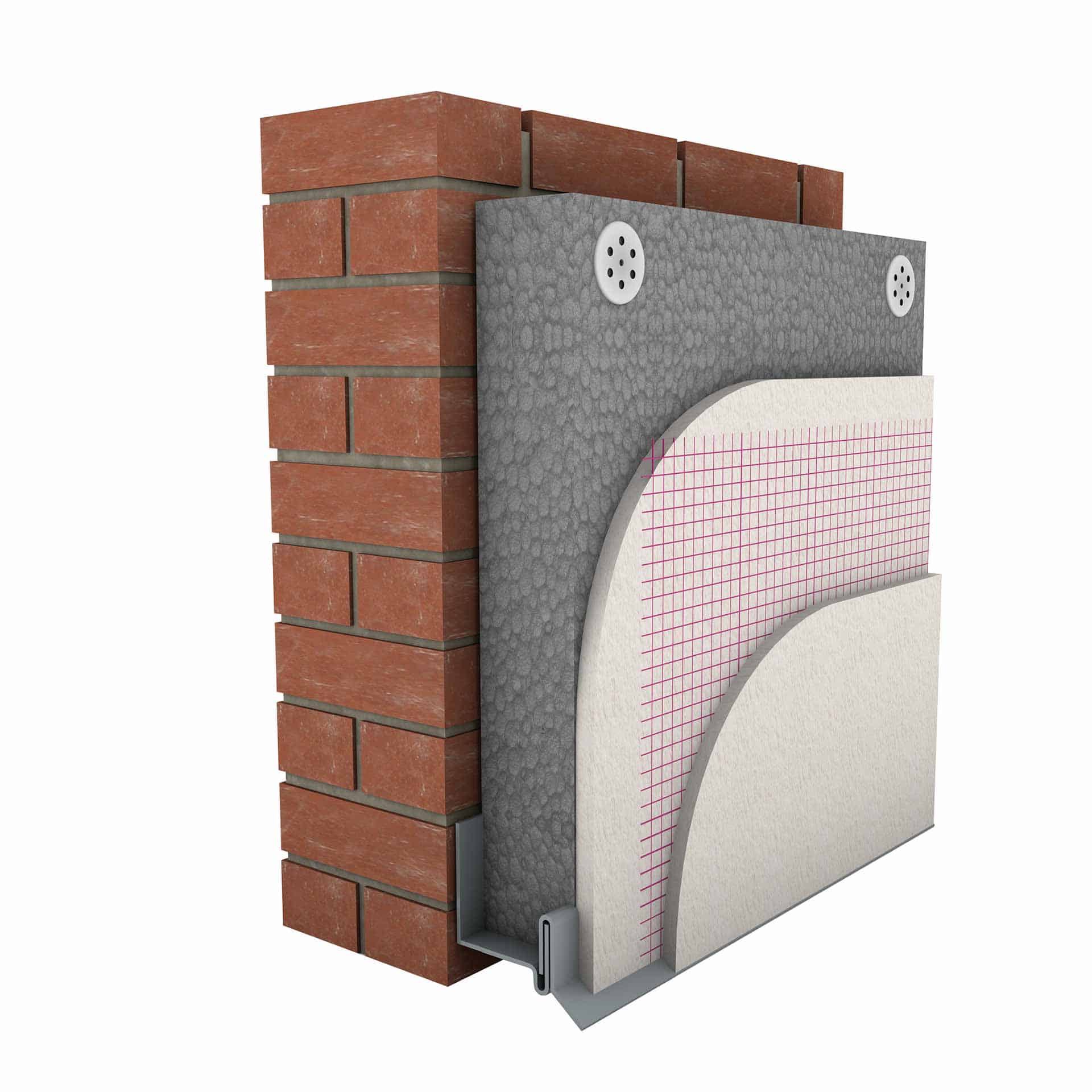Factors to Consider When Deciding which Type of Render Should be Used
When it comes to choosing the right type of render for a construction project, there are many factors that need to be taken into account. From cost and durability, to material compatibility and aesthetic appeal, these factors will ultimately determine which type of render should be used. In this article, we’ll explore the most important considerations when selecting a render for your project.

Cost Considerations
One of the main factors to consider when deciding which type of render should be used is cost. Different types of render may vary in price depending on the materials used and the complexity involved with installation or maintenance. For example, acrylic renders tend to be more expensive than traditional cement-based renders due to their higher quality finish and greater flexibility during installation.
While cost is an important consideration, it’s also important to keep in mind that the initial price of a render is not always indicative of its overall value. For instance, although an acrylic render may cost more upfront, it may be more durable and require less maintenance over time than a cheaper cement-based render. In other words, it’s important to consider the long-term costs associated with different types of render before making a decision.
Durability Considerations
When choosing a render for a construction project, durability is another key factor to consider. Different types of render offer varying levels of durability, which can be affected by factors such as the type of material used, the thickness of the application, and exposure to the elements.
For example, acrylic renders are typically more durable than cement-based renders, as they contain binders that make them more resistant to cracking and flaking. However, they are also more susceptible to colour fading when exposed to direct sunlight. If durability is a key concern, it’s important to speak with a render professional about the best options for your project.
Material Compatibility Considerations
Another important consideration when selecting a render is material compatibility. Different types of render may be incompatible with certain types of construction materials, which can lead to problems during or after installation. For instance, some types of cement-based render can cause efflorescence (a white powdery substance) to form on brick surfaces.
It’s important to consult with a render professional before deciding which type of render to use for your project. They will be able to assess the construction materials involved and recommend a compatible render that will avoid any potential problems.
Aesthetic Considerations
In addition to functional considerations such as cost and durability, aesthetics are also an important factor to consider when choosing a render for a construction project. The type of render you select will ultimately affect the appearance of the finished product, so it’s important to choose one that compliments the overall design.
For example, if you’re looking for a natural look, a clay or lime-based render may be a good option. If you want a smooth, modern finish, an acrylic render may be the way to go. It’s important to have a clear vision of what you want the end result to look like before making a decision.
Conclusion
When deciding which type of render should be used for a construction project, there are many factors that need to be taken into account. From cost and durability, to material compatibility and aesthetic appeal, each factor will ultimately determine which type of render is the best choice for your project. By keeping these considerations in mind and consulting with a render professional, you’ll be able to make an informed decision on the right type of render for your needs.
